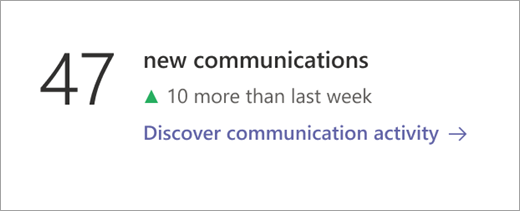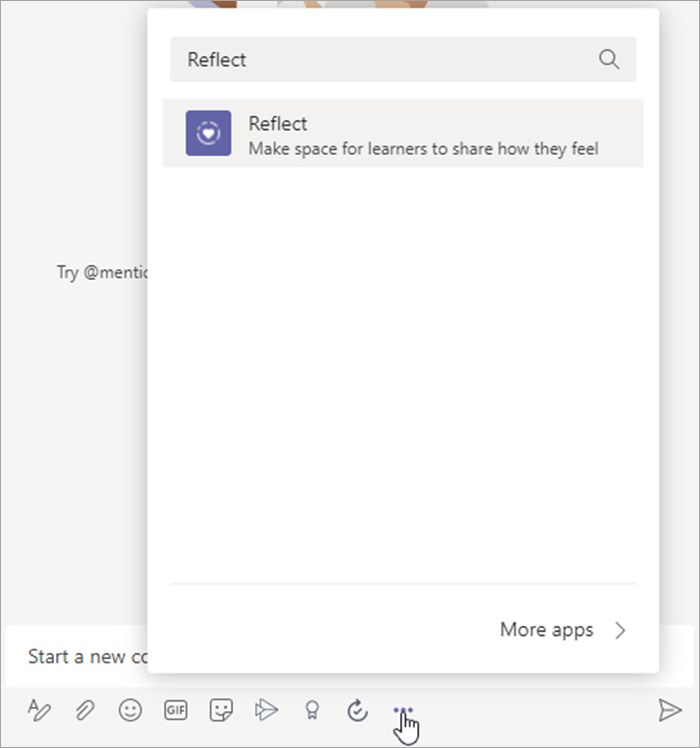UX projects
Insights in teams for education, a data analytics app for educators
Educators have to make countless decisions every day, all in support of every student’s learning and wellbeing. But extra time to dig for intelligent data just isn’t a thing for teachers—that’s where Insights comes in. Insights collects and organizes classroom data (assignments, attendance, and more), then generates digestible, actionable takeaways in the form of spotlight cards and easy-to-understand numbers. Educators can see data across classroom areas and individual students, then click through for more detailed data.
The challenge in making those takeaways truly, authentically actionable? Conveying them with clarity, but in a tone that’s not judgmental or anxiety-spiking.
That’s where I came in. I created the data category headers, body copy of the insights themselves, and calls to action to click through for more detail. The trick? Combining simple language with just enough warmth to make the data more human, with an overarching tone that’s hands-off. It’s up to the educator to do what they want with the insight.
Since its 2020 release, Insights has grown to 79k users.
Reflect, a social-emotional learning app to support student wellbeing
I worked on many different stages of Reflect in Teams for Education, from incubation at the ground floor, customer testing, and product naming, all the way to its release in 2020. This was a different kind of product for Microsoft: taking a wellbeing app into a productivity-driven space.
To use Reflect with their students, an educator sends out a question to the class and students respond with an emoji from a five-emoji scale, along with a word that hones in on their specific feeling. The use cases here are endless on both the educator and student side. For students, it’s a chance to be seen, raise a flag if needed, grow their emotional vocabulary—and whatever else they need that isn’t any of my business. For teachers? They get to take the temperature of the classroom at a glance, using student-submitted data that would’ve taken hours without the ease of the app. In extensive customer research, we received feedback from educators who reported that Reflect gave them visibility into student needs they wouldn’t have otherwise seen.
Current Reflect use sits at 32,000 users, a proud number for me as I look back at the early days. The biggest lesson for me? No matter the age, everyone just wants a space where they can be seen and safely express their emotions.
onenote
For a OneNote first-run experience, I got the chance to insert some more playful tone in this hover text microcopy. Check out the rest of this OneNote branding exercise here.






